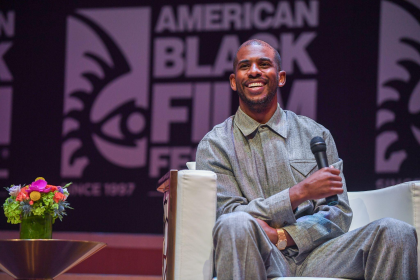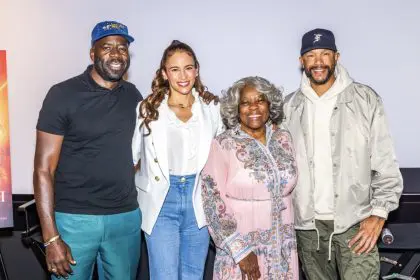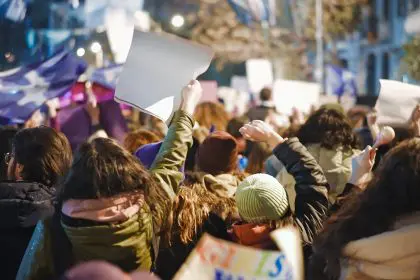
This interview was inspired after reading syndicated columnist Dawn M. Turner’s profile of Xavier McElrath-Bey. When he was 13 years old, he got arrested for first-degree murder; at age 15 he was sentenced to 25 years. He served 13 of those 25 years. It’s interesting that a young man who was seen as a “throwaway” turned his life around and is now helping others. Nov. 9-11, 2015, the Campaign for the Fair Sentencing of Youth will hold its annual convention in Washington, D.C. The convening is an opportunity for Incarcerated Children’s Advocacy Network members to come together to discuss opportunities and challenges for the coming year.
How important is it to have a support system for juveniles?
Before I started working for the Campaign for the Fair Sentencing of Youth (fairsentencingofyouth.org), I was a clinical research interviewer for a longitudinal study at Northwestern University. By looking at the baseline interview of kids who were processed into the Juvenile Temporary Detention Center in the mid-’90s, we were able to identify some common themes in their lives. As many as 93 percent had suffered one or more traumas prior to baseline. Some lost family members to violence, witnessed shootings in their communities or were abused, neglected, and sexually assaulted. Many were also victims of gang violence. Trauma, along with unloving and non-nurturing environments pushed a lot of them to the streets in search of a new family — something I was able to relate to on many levels. Now as a youth justice advocate, I encourage responses to youth delinquency that not only look at the offense committed, but are also restorative and seek to address the needs that exist in their lives. Because of these unaddressed traumas many kids (66 percent of the males and 74 percent of the females) had met diagnostic criteria for one or more psychiatric disorders, including PTSD, depression, schizophrenia, substance abuse disorders and others. In order for us to be effective in our efforts and to provide adequate services and treatment we need to face these realities and focus our efforts on age-appropriate and trauma informed treatment and services for our children. We also must remember that children are resilient, so if they receive the proper treatment, they can recover.
Your public defender was your advocate and believed in your redemption. You now act as advocate for those who may not have one. What qualities, or are there qualities, that you look for as far as knowing whether a child can be rehabilitated?
All children have the potential for positive change. I often point to myself as a living example of someone who was once deemed as the worst of the worst. According to the state’s attorney in my murder case, I had an “extensive juvenile arrest record indicative of a violent nature.” In other words, I had no hope for change. It was in my “nature” to be violent. This same rhetoric became the substance of dinner table conversations during the mid-’90s as the media hype about the coming of “superpredators” flooded our news stations. Researchers and academic scholars falsely prophesied that there would be an exponential rise in youth violence due to the coming of a “heartless and godless” generation of youth. These theories were racially charged, with the expectation that these youth would be primarily Black and Brown. Many states responded by making it easier to try children as adults. This coincided with an increase in mandatory minimum sentences and other extreme penalties. As a result, children were transferred to criminal courts, although the juvenile system had been created specifically for them. They faced long prison sentences and other consequences that negated their potential for change.
Do you think there are situations where a child is a lost cause?
I have a saying that sums up my perspective on particularly difficult youth in the justice system and in our communities — that is that “no child is born bad.” In other words, most children who are deemed as “incorrigible,” as I was once labeled, often are victims themselves. They were either exposed to violence early on, came from broken and/or struggling homes and communities, or had to rely upon failed and/or misinformed systems and institutions that do more harm than good. I know this sounds rather simplistic, but this tends to be the case for many children who continue on the wrong path and seem irredeemable. Many return to poverty, violent environments, poor educational systems and families that contend with serious substance abuse and psychiatric problems. How could we expect them to succeed unless they are given the special care and attention that they need? So to answer your question, I believe that all children have the capacity for positive change.
Visit us at fairsentencingofyouth.org or email us at [email protected].










